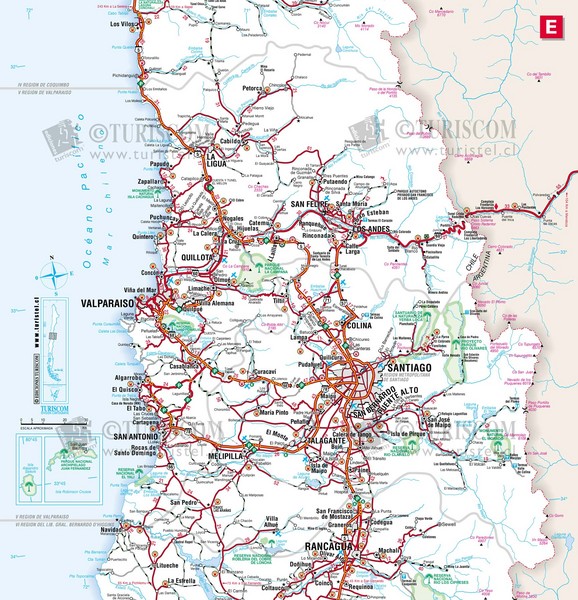Temperate forest of Central Chile, also known as Chilean Matorral, is located along the Pacific Coast of Chile and Eastern slopes of the Andes between 30 to 36 degrees south of latitude, which corresponds to South of Australia in latitude (Thomas T. Veblen, Austin Kenneth R. Young, and Antony R. Orme, 187). It covers a 100 kilometer wide strip along the 200 mile long central Chile coast. According to the article Global Diversity in a Changing Environment, the region has an arrangement of evergreen, deciduous, and patches of conifer forests. The great amount in precipitation the ecosystem receives has shaped the ecosystem and plants there (Chapin III and Salas, 232). Wind blew from the ocean to the Andes slope, but it was unable to climb over the tall slope of Andes (Thomas T. Veblen, Austin Kenneth R Young, and Antony R, Orme, 187). Therefore, flow of moist air stayed in the region of Central Chile, forming the Mediterranean climate that serves as the cornerstone of the ecosystem.
We chose this ecosystem because the ecosystem is one of most diverse ecosystems in the world, with nearly 1,500 species of plants endemic to the region, including species like Chilean Wine Palm. In fact, 95% of plant species in the ecosystem is endemic to the ecosystem. It is also the only Mediterranean ecosystem in South America. Many of Chile’s animals such as kodkod also cannot be found anywhere else on Earth. Yet, as we will mention later, the ecosystem is plagued by agriculture and practices such as clear cutting, which so far have brought a massive deforestation to the area.






